EVERYTHING TO LEARN
Diving Into the Life and Art of
Edmonia Lewis
Introduction | Background Knowledge | Activities | Extensions | Standards
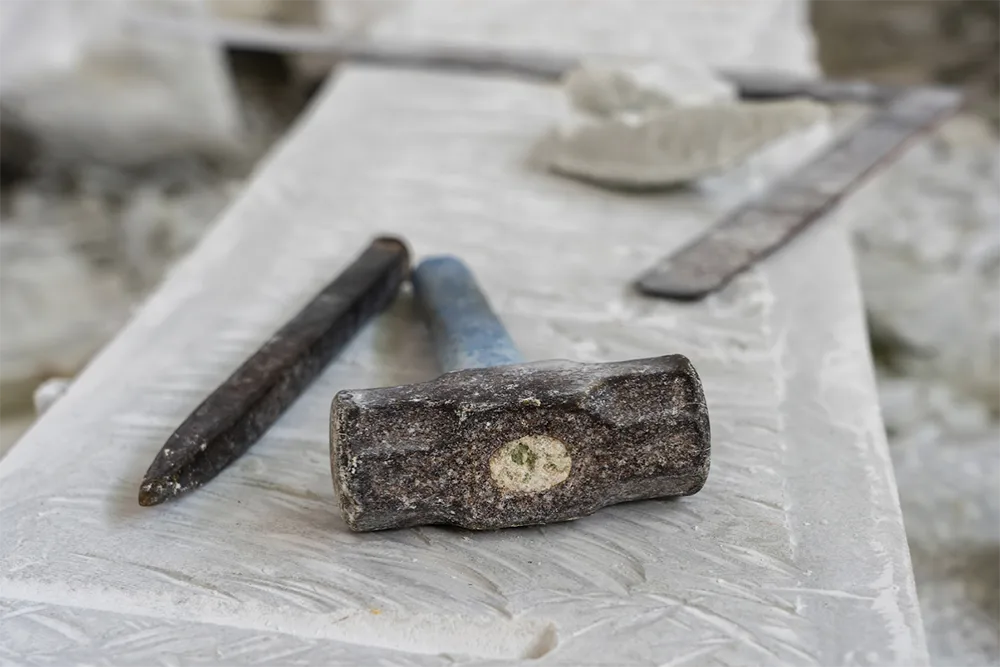
Introduction
Many women have been the first. Sally Ride was the first woman in space. Sandra Day O'Connor was the first woman to be appointed to the United States Supreme Court. Many black women have been the first as well. Mae Jemison was the first black woman in space, while Ketanji Brown Jackson was the first black woman appointed to the Supreme Court. There have been fewer Native American women who have been the first. Still, Nicole Mann was the first Native American woman in space, and there has yet to be a Native American woman appointed to the Supreme Court.
American sculptor Edmonia Lewis was the first in her own right. She was the first female American sculptor of both African American and Native American descent to rise to fame on the global art stage.
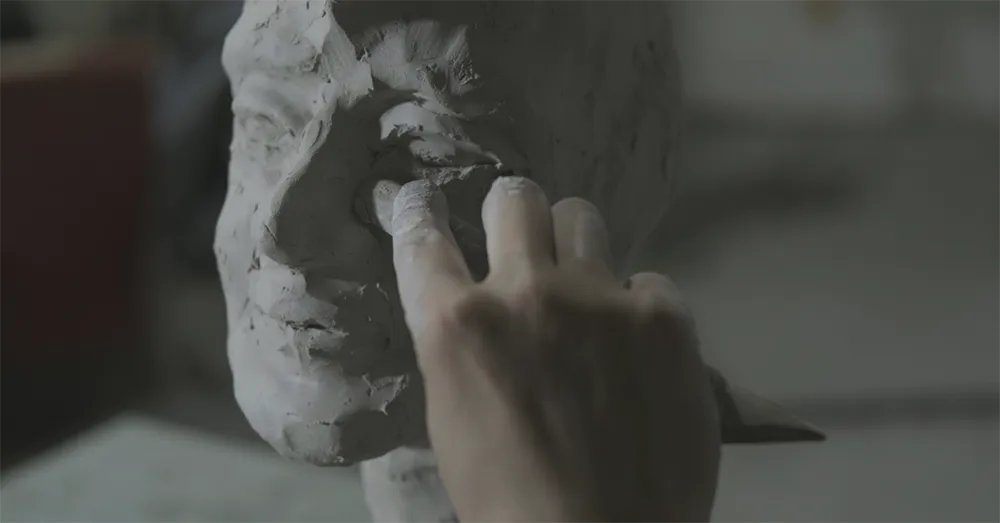
Background Knowledge
Edmonia Lewis was born in 1844 to a Chippewa mother and Haitian father near Albany, New York. Although slavery was entrenched in American society then, Edmonia Lewis was born into freedom as her parents were not enslaved. Her parents died when she was young, and Lewis was raised by her aunts in upstate New York. Her brother made money during the Gold Rush and funded her education at Oberlin College. Oberlin was one of the country's only colleges accepting either women or minorities. She began her studies in 1859.
While she excelled in her classes, Edmonia Lewis's time at Oberlin was riddled with controversy. After suffering frequent harassment on campus, she was accused of poisoning her white classmates' drinks. Acquitted of the charges, an angry mob of students violently beat her and left her for dead. She recovered and returned to school, only to be accused of stealing art supplies the following year. Even though she was acquitted for a second time, she was not allowed to register for her final year of classes and left Oberlin in 1864. (She was posthumously awarded her Ladies' Course diploma in 2022.)
After leaving Oberlin, she moved to Boston, Massachusetts, where she began her art career by making portrait medallions. The first publicly seen medallion was of John Brown, who led a revolt of enslaved people in Virginia. She left Boston in 1865 and moved to Rome, Italy. While there, she found a community of American sculptors. The group of women, most famously Harriet Hosmer, welcomed Lewis and introduced her to sculpting in marble. At that time, most sculptors paid stonecutters to actually chisel the works designed by the artists. Lewis did not have enough money to pay stonecutters and frequently chiseled the marble herself.
Building on her portrait work and as Edmonia Lewis learned to work in marble, she was inspired by the Emancipation Proclamation. Two of her earliest marble sculptures depicted freedom - The Freed Woman and her Child and Forever Free. She also drew from her Native American heritage and Henry Wadsworth Longfellow's A Song for Hiawatha to sculpt pieces.
Edmonia Lewis began working on one of her most famous pieces while she was in Rome. The Death of Cleopatra took four years to complete. Lewis had to return to the United States numerous times to sell smaller pieces to earn money to continue her work. Finally, in 1886, she shipped Cleopatra to Philadelphia to be considered for the Centennial Exhibition. The piece did not find a buyer and became a centerpiece at a Chicago saloon and a racetrack in Chicago. The statue stayed in Chicago while the racetrack turned into a golf course, a Navy munitions center, and a bulk mail facility before it was turned over to Chicago's Forest Park Historical Society in the 1980s.
Following her final commissioned piece in 1883, Edmonia Lewis retreated from public life. There was speculation that she spent the last years of her life in Rome, but documents pinpointed her death in London, England in 1907.
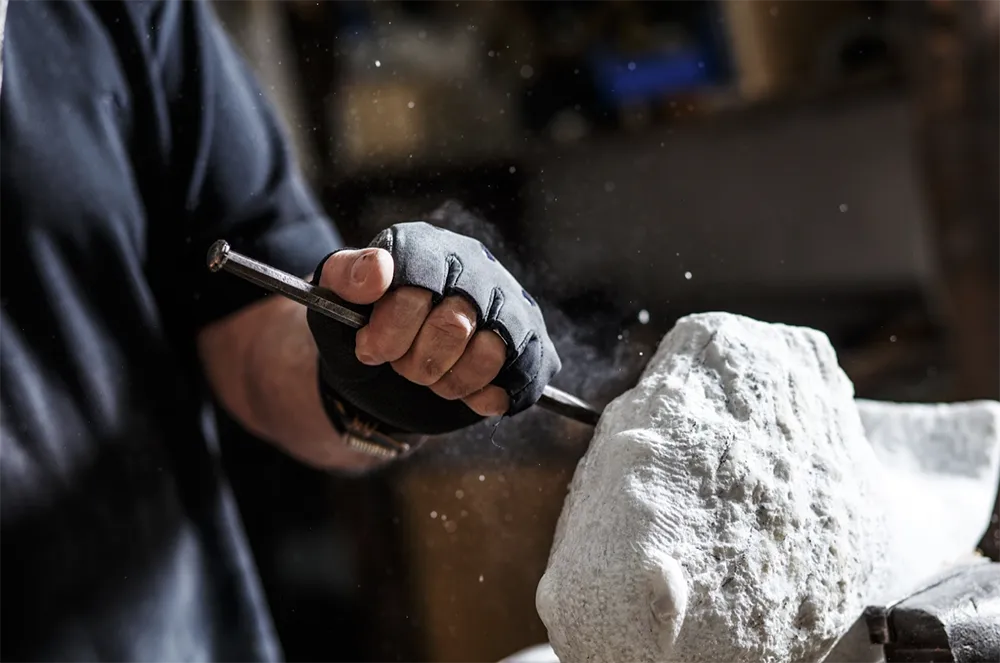
ACTIVITIES
-
Share two books about Edmonia Lewis:
- Seen: Edmonia Lewis by Jasmine Walls (ISBN 978-1684156344)
- Edmonia Lewis: A Sculptor of Determination and Courage by Bobbie Reno (ISBN 978-1614684077)
- Learn more about Edmonia Lewis by watching this video.
- Read about Edmonia Lewis's life. After reading, use clay to create portrait medallions like Lewis did early in her career. Discuss the artistic process as well as the preparation in choosing subjects.
- Create a self-portrait bust in Edmonia Lewis's style. Share pictures of students' completed projects using Book Creator (TeachersFirst review), then include a link to the book on your class website. In addition to images, include student reflections either as text or audio recordings.
- The Smithsonian Institute has an online collection of Edmonia Lewis's works. Use this resource as a virtual field trip to experience Lewis's sculptures.
- Analyze "The Arrow Maker" with this resource. Watch this short video (TeachersFirst review) presented by the Getty Museum that provides a crash course on how to analyze and discuss art.
- Learn more about Edmonia Lewis with this resource list by Dr. Robert Maloy.
- Encourage student interest in sculpting by sharing videos like this one provided by Khan Academy (TeachersFirst review) that demonstrate marble carving using traditional tools.
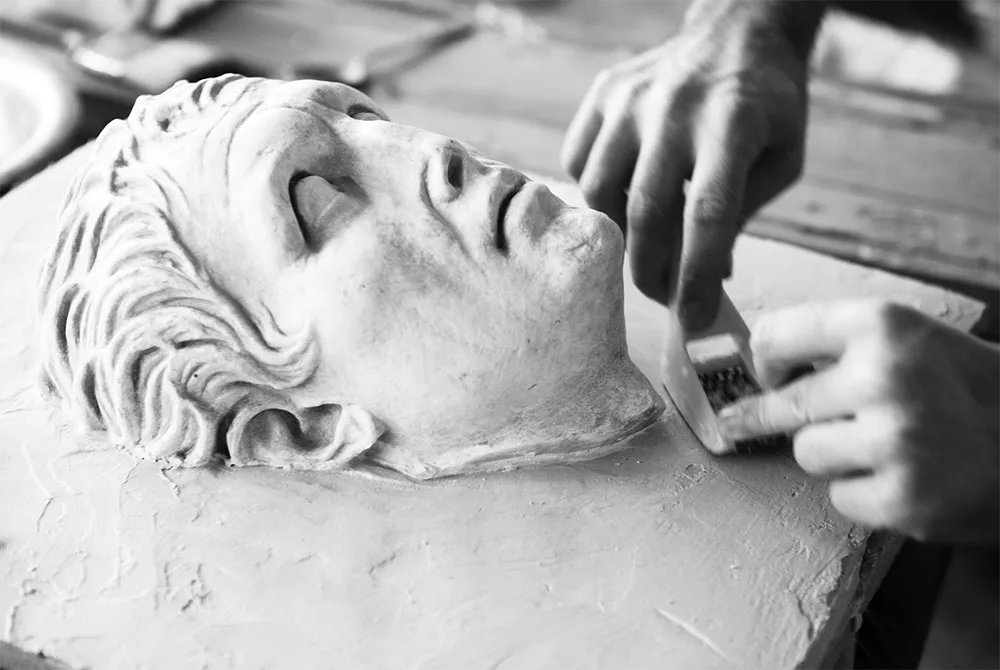
EXTENSIONS
- Compare and contrast Edmonia Lewis with her contemporary Meta Vaux Warrick Fuller. Compare their lives and their works. Find more information here. Use a Venn Diagram creation tool like the one found at Canva (TeachersFirst review) to outline and share your comparisons.
- Edmonia Lewis drew from her life and background to create her sculptures. Encourage students to think about their own lives and backgrounds and create a sculpture representing their history.
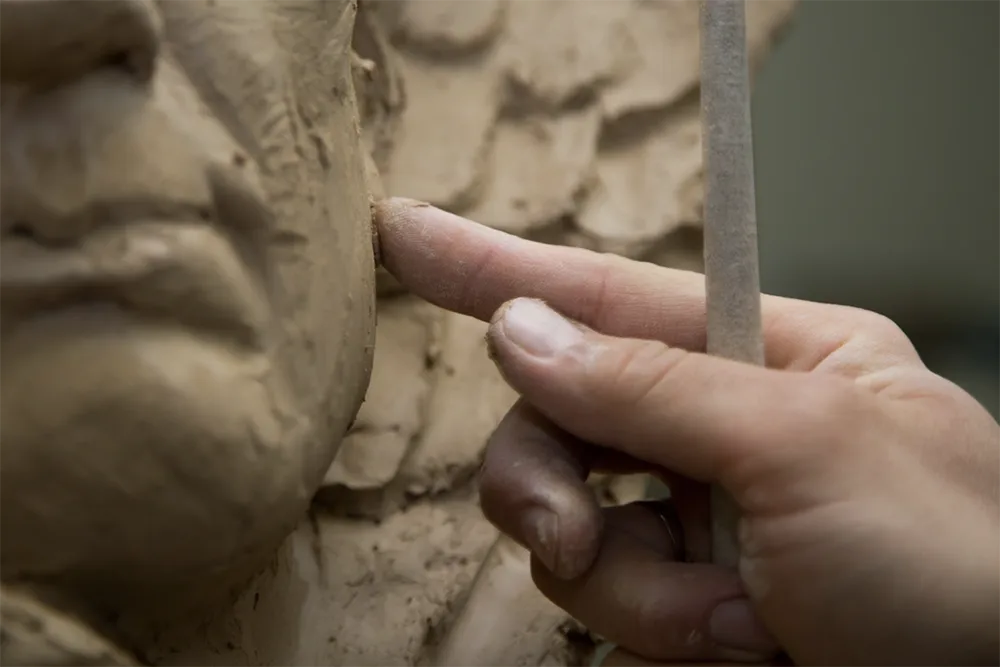
CORRELATION TO STANDARDS
-
AASL National School Library
Standards
- Inquire Shared Foundation, Think Domain - Learners display curiosity and initiative by: 1. Formulating questions about a personal interest or a curricular topic. 2. Recalling prior and background knowledge as context for new meaning.
- Inquire Shared Foundation, Share Domain - Learners adapt, communicate, and exchange learning products with others in a cycle that includes: 1. Interacting with content presented by others. 2. Providing constructive feedback. 3. Acting on feedback to improve. 4. Sharing products with an authentic audience.
- Include Shared Foundation, Share Domain - Learners exhibit empathy with and tolerance for diverse ideas by: 1. Engaging in informed conversation and active debate. 2. Contributing to discussions in which multiple viewpoints on a topic are expressed.
- Include Shared Foundation, Grow Domain - Learners demonstrate empathy and equity in knowledge building within the global learning community by: 1. Seeking interactions with a range of learners.
- Collaborate Shared Foundation, Think Domain - Learners identify collaborative opportunities by: 1. Demonstrating their desire to broaden and deepen understandings. 2. Developing new understandings through engagement in a learning group. 3. Deciding to solve problems informed by group interaction.
- Collaborate Shared Foundation, Create Domain - Learners participate in personal, social, and intellectual networks by: 1. Using a variety of communication tools and resources. 2. Establishing connections with other learners to build on their own prior knowledge and create new knowledge.
- Collaborate Shared Foundation, Grow Domain - Learners actively participate with others in learning situations by: 2. Recognizing learning as a social responsibility.
- Explore Shared Foundation, Think Domain - Learners develop and satisfy personal curiosity by: 1. Reading widely and deeply in multiple formats and writing and creating for a variety of purposes.
- Explore Shared Foundation, Create Domain - Learners construct new knowledge by: 1. Problem solving through cycles of design, implementation, and reflection.
- Explore Shared Foundation, Share Domain - Learners engage with the learning community by: 3. Collaboratively identifying innovative solutions to a challenge or problem.
- Explore Shared Foundation, Grow Domain - Learners develop through experience and reflection by: 1. Iteratively responding to challenges. 2. Recognizing capabilities and skills that can be developed, improved, and expanded. 3. Open-mindedly accepting feedback for positive and constructive growth.
-
ISTE Standards for Students
- Empowered Learner - 1b. Students build networks and customize their learning environments in ways that support the learning process. 1c. Students use technology to seek feedback that informs and improves their practice and to demonstrate their learning in a variety of ways.
- Knowledge Constructor - 3d. Students build knowledge by actively exploring real-world issues and problems, developing ideas and theories, and pursuing answers and solutions.
- Innovative Designer - 4d. Students exhibit a tolerance for ambiguity, perseverance, and the capacity to work with open-ended problems.
- Global Collaborator - 7c. Students contribute constructively to project teams, assuming various roles and responsibilities to work effectively toward a common goal.
